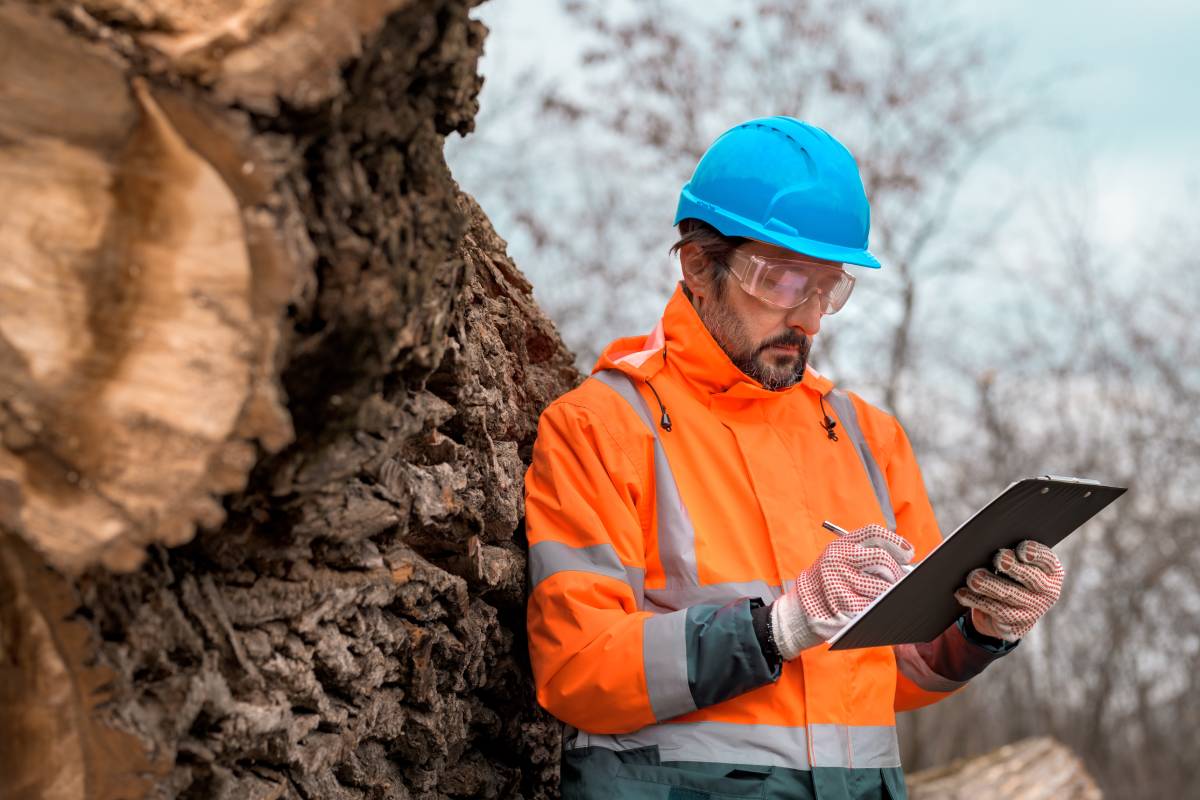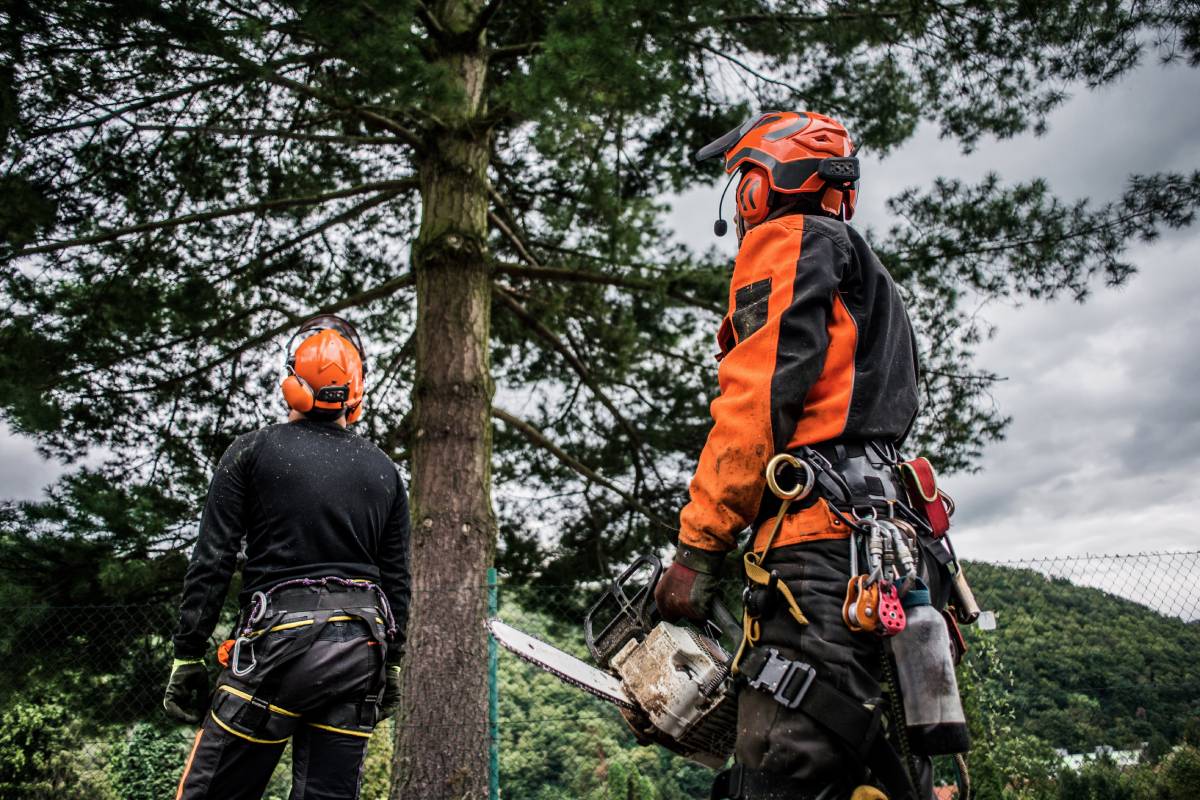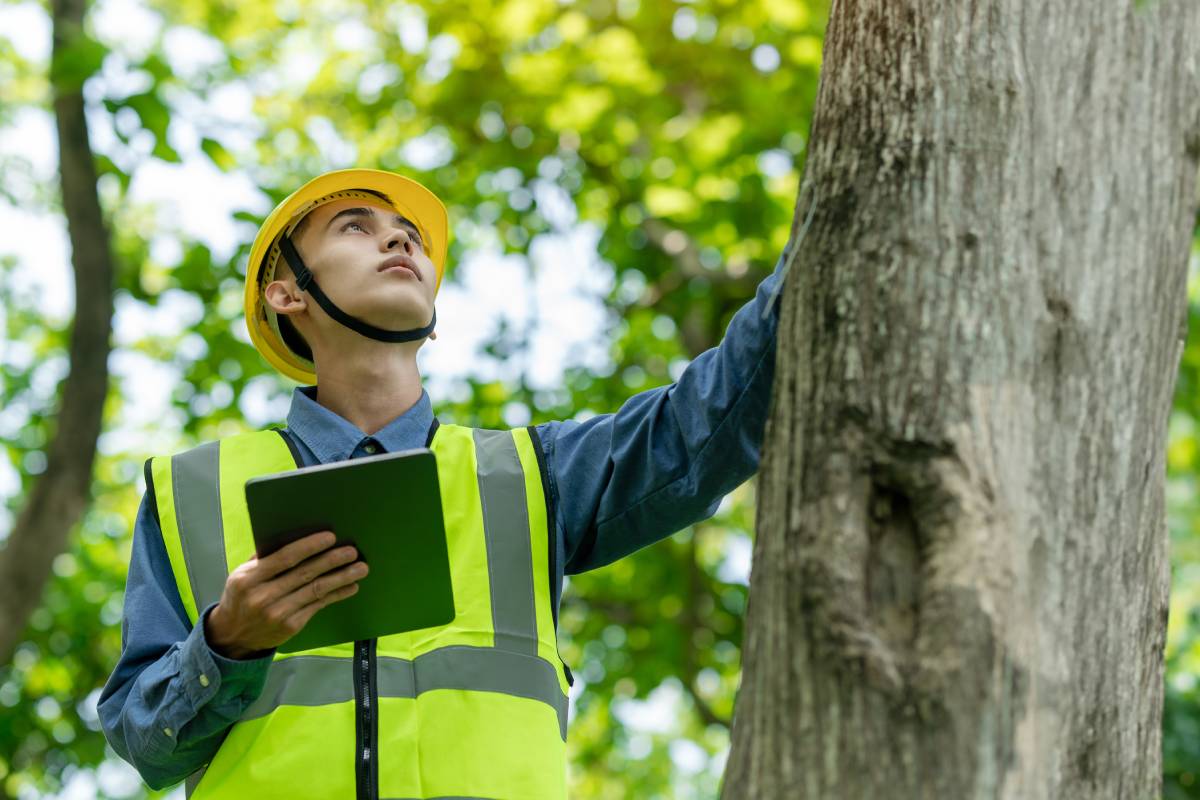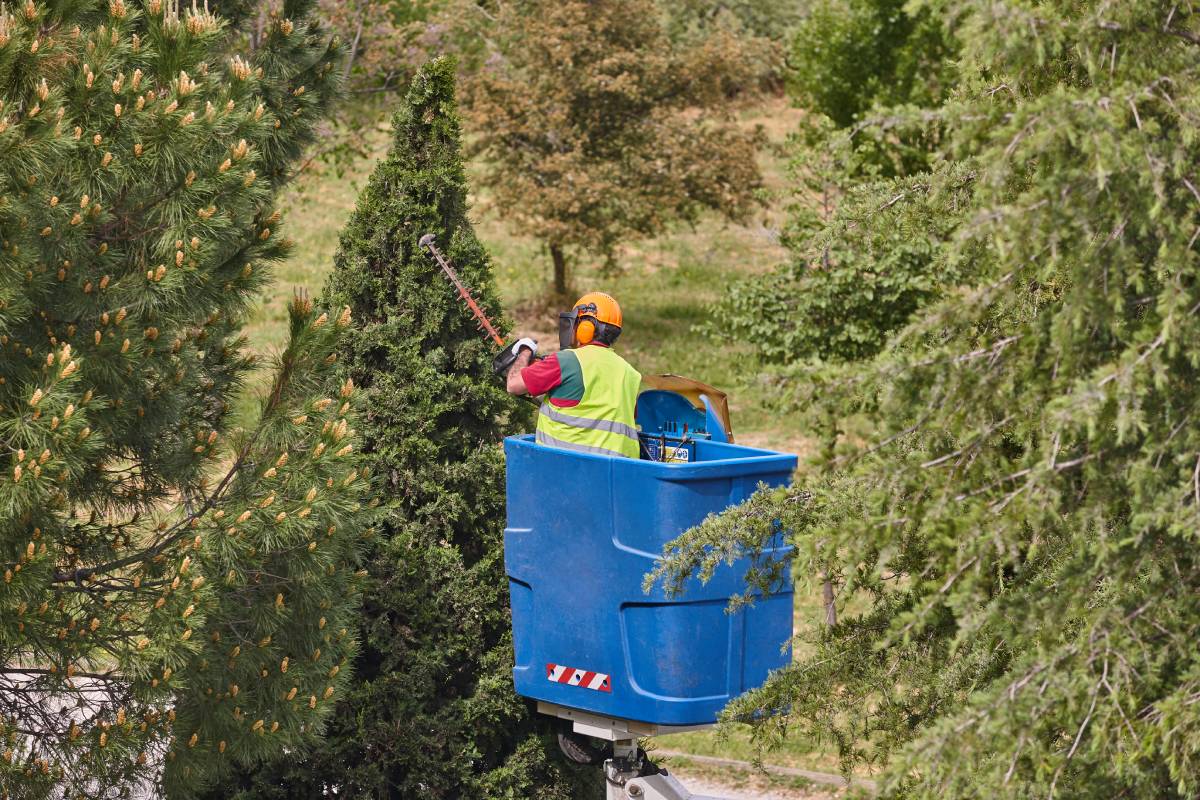If you’re a homeowner or landlord wanting help with your garden’s trees, bushes, and hedges, you might be confused about who to call. What’s the difference between a tree surgeon and an arborist?
Most people know that tree surgeons trim and cut down trees, but sometimes other terms are used interchangeably. Some call themselves tree surgeons, while others use the term arborist. But what’s the real difference, and who should you choose for pruning, cutting, and overall tree health? You don’t want to pick the wrong one and end up with subpar work.
In simple terms, tree surgeons know how to cut a tree, while arborists understand why. Arborists study trees deeply and know how to keep them safe and healthy. Qualified tree surgeons also know a lot about tree treatment but usually focus more on specific tasks.
For a detailed explanation, keep reading below…
What’s an arborist?
Arborists are like tree doctors. They specialize in the care and maintenance of trees, focusing on their health and well-being. Arborists are trained in the science of arboriculture, which involves studying how trees grow, what diseases and pests can affect them, and how to best care for them.
Key points about arborists:
- They focus on the health and maintenance of trees.
- They are trained in the science of arboriculture.
- They assess the condition of trees and recommend treatments.
- They may trim or prune trees to promote healthy growth.
- They often work to preserve trees in urban environments.
What’s a tree surgeon?
Tree surgeons, on the other hand, are more like tree surgeons in the medical field. They specialize in tree surgery, which involves more hands-on work such as pruning, shaping, and removing trees. Tree surgeons are skilled in safely climbing trees and using chainsaws and other tools to perform surgery on trees.
Key points about tree surgeons:
- They specialize in tree surgery, including pruning and removal.
- They are skilled in climbing trees safely.
- They use tools like chainsaws to perform surgery on trees.
- They may also be trained in tree risk assessment and emergency tree care.
- They often work on tree removal projects, such as clearing trees that are damaged or obstructing buildings.
When do I need an arborist?
You might need an arborist when you encounter any of the following situations:
- Tree Health Concerns: If your trees show signs of disease, pest infestation, or decline in health, an arborist can assess the situation, diagnose the problem, and recommend treatment to restore the health of the tree.
- Pruning and Maintenance: When you need to prune or trim trees to promote healthy growth, improve aesthetics, or remove hazardous branches, an arborist can provide expert advice and perform the necessary work safely and effectively.
- Tree Preservation: If you’re planning construction or landscaping projects that may impact trees on your property, consulting with an arborist can help you develop strategies to preserve valuable trees while still achieving your project goals.
- Tree Planting: When planting new trees, especially in urban environments or areas prone to environmental stresses, an arborist can recommend suitable tree species, proper planting techniques, and ongoing care to ensure the trees thrive.
- Risk Assessment: If you’re concerned about the safety of trees on your property, particularly in relation to nearby structures, power lines, or public spaces, an arborist can conduct a risk assessment to identify potential hazards and recommend mitigation measures.
- Emergency Response: In the event of storm damage, fallen trees, or other tree-related emergencies, arborists can provide prompt assistance, including tree removal, debris cleanup, and emergency tree care services.
In general, if you have any questions or concerns about the health, safety, or management of trees on your property, consulting an arborist is a wise decision. They have the expertise and knowledge to address a wide range of tree-related issues and can help you make informed decisions to care for your trees and enhance the beauty and value of your landscape.
When do I need a tree surgeon?
You might need a tree surgeon in various situations where hands-on tree work is required:
- Tree Removal: If you have a dead, diseased, or dangerously leaning tree that needs to be removed from your property, a tree surgeon can safely and efficiently cut it down and remove it, minimizing the risk of property damage or personal injury.
- Tree Pruning: When trees require pruning to remove dead or diseased branches, improve their shape, or reduce their size, a tree surgeon has the skills and tools necessary to perform precise pruning cuts while maintaining the tree’s health and aesthetics.
- Tree Hedging: If you want to shape or sculpt the canopy of a tree for aesthetic reasons or to clear space around buildings or power lines, a tree surgeon can carefully trim and shape the branches to achieve the desired look without harming the tree.
- Stump Grinding: After a tree has been removed, you may need the stump ground down to ground level to reclaim the space for landscaping or prevent tripping hazards. Tree surgeons often offer stump grinding services using specialized equipment.
- Tree Cabling and Bracing: If you have a tree with weak or structurally compromised branches or multiple trunks, a tree surgeon can install cables or braces to provide support and prevent them from breaking or falling.
- Tree Inspection and Risk Assessment: A tree surgeon can assess the health and structural integrity of trees on your property, identify potential hazards, and recommend appropriate measures to mitigate risks and ensure the safety of people and property.
Overall, if you have any tree-related tasks that require skilled climbing, cutting, or pruning techniques, or if you need expert advice on tree care and maintenance, consulting with a qualified tree surgeon is essential. They have the expertise and equipment to handle a wide range of tree-related issues safely and efficiently.
The real secret? You need both!
To get tree work done right, you need both arborists and tree surgeons. Arborists know how to keep trees healthy long-term, deciding what work is needed. Tree surgeons are experts at safely and effectively doing the work on trees. With both on your team, your garden will thrive, and your trees will stay healthy and happy for years.
At Lakeside Trees and Stumps, we’ve got both certified arborists AND tree surgeons in our crew. We believe it’s crucial to provide you with top-notch service and complete peace of mind. With decades of experience handling a wide array of tree tasks, along with proper qualifications and memberships, you can trust in our skills without any doubts.




